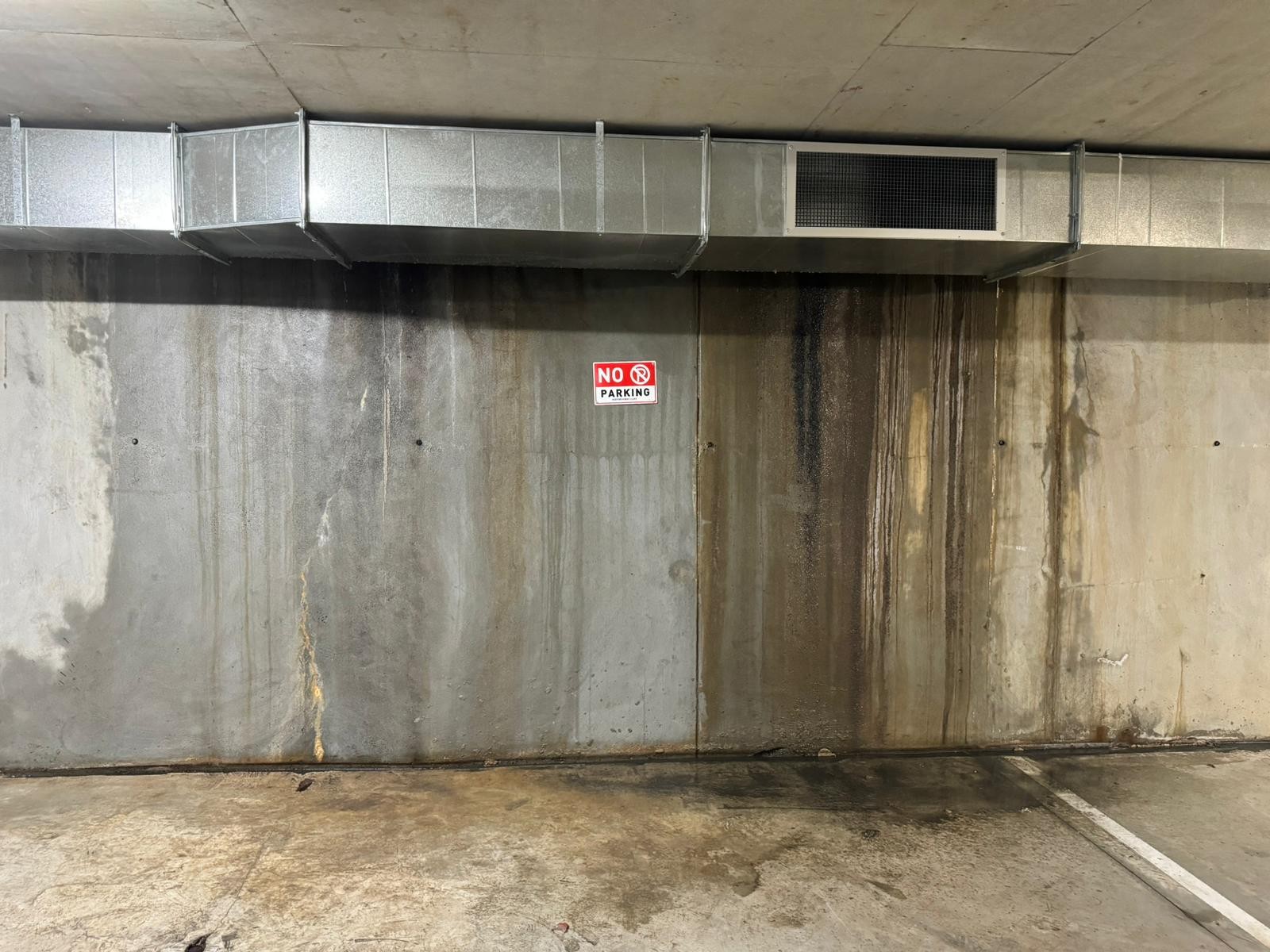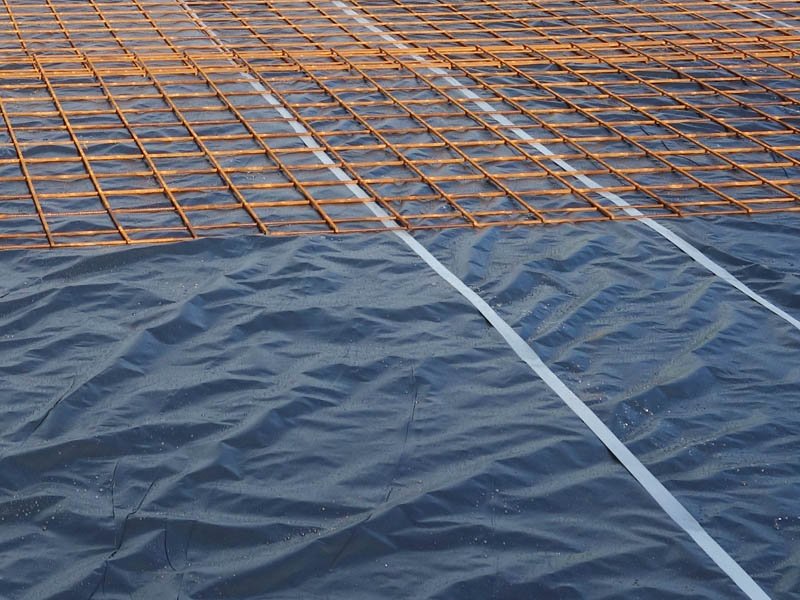The hammer is a powerful tool not just for knock-outs, but also for assessing the Concrete Cancer caused by the reaction of reinforcing steel in the presence of water and oxygen. This reaction leads to an increase in volume, pushing the concrete outwards. Failure occurs when the tensile strength of the concrete is less than the force of the steel reaction swelling.
The assessment of concrete cancer in a structure can be challenging, as it may be difficult to precisely locate the affected areas. Even when one area is found, there is a high likelihood that there are more hidden concerns. A simple method for checking your structure is to tap and drag the hammer over suspected surfaces, listening for a drummy sound, indicating a hollow area.
It’s important to watch for signs such as short and elevated cracks, spalls, raised areas, bubbling, rust-coloured streaks, and more. While tapping with a hammer is simple and yet highly effective, there are also more advanced non-destructive testing (NDT) methods available in the market for a more comprehensive assessment.
It is important to note that not all drummy surfaces indicate concrete cancer; sometimes it may be due to the delamination of render or other materials applied over the concrete wall or slab. Do not ignore the signs of concrete cancer.
Some of the known references in Australia are:
- TfNSW QA Specifications M772 Concrete bridge repairs – Investigation, CL 4.3.3.1
- ASTM D4580: Standard Practice for Measuring Delaminations in Concrete Bridge Decks by Sounding
- MainRoads WA: Detailed Non-Destructive Bridge Inspection Guidelines, Concrete and Steel Bridges (Level 3 Inspections), CL 9.2.
- Cementitious Patch repair of concrete – Specification and Quality Control testing – Fred Andrews-Phaedonos, GeoPave, VicRoads. CL 6.2 and 9.4














